Nanoparticles to treat snakebites
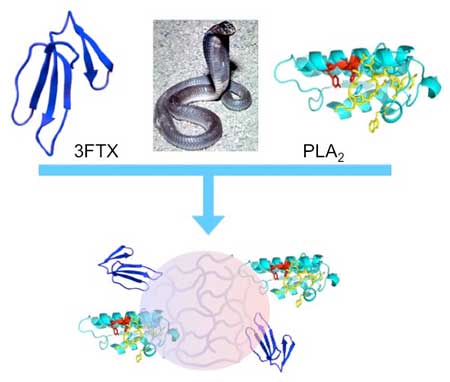 Scientists describe a new approach to treating snake bites, using nanoparticles to bind to venom toxins and prevent the spread of venom through the body.
Scientists describe a new approach to treating snake bites, using nanoparticles to bind to venom toxins and prevent the spread of venom through the body.
Oct 4th, 2018
Read more
 Scientists describe a new approach to treating snake bites, using nanoparticles to bind to venom toxins and prevent the spread of venom through the body.
Scientists describe a new approach to treating snake bites, using nanoparticles to bind to venom toxins and prevent the spread of venom through the body.
Oct 4th, 2018
Read more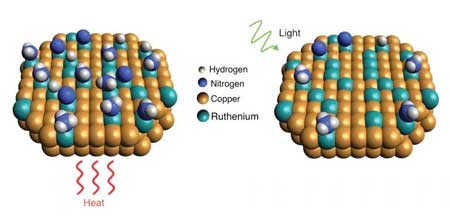 Nanoscientists have demonstrated a new catalyst that can convert ammonia into hydrogen fuel at ambient pressure using only light energy, mainly due to a plasmonic effect that makes the catalyst more efficient.
Nanoscientists have demonstrated a new catalyst that can convert ammonia into hydrogen fuel at ambient pressure using only light energy, mainly due to a plasmonic effect that makes the catalyst more efficient.
Oct 4th, 2018
Read more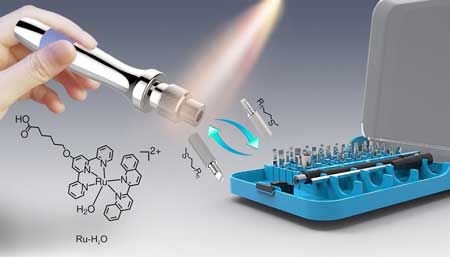 Researchers have developed surfaces that can easily be patterned with different functionalities using visible light.
Researchers have developed surfaces that can easily be patterned with different functionalities using visible light.
Oct 4th, 2018
Read more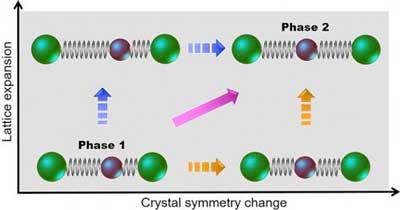 Combined ultrafast snapshots suggest that the crystal symmetry of copper sulfide nanocrystals changes due to interactions between electrons and atoms vibrating in the crystal lattice - an understanding of which could help scientists optimize the functionality of superconductors, magnetic materials, and other strongly correlated systems.
Combined ultrafast snapshots suggest that the crystal symmetry of copper sulfide nanocrystals changes due to interactions between electrons and atoms vibrating in the crystal lattice - an understanding of which could help scientists optimize the functionality of superconductors, magnetic materials, and other strongly correlated systems.
Oct 4th, 2018
Read more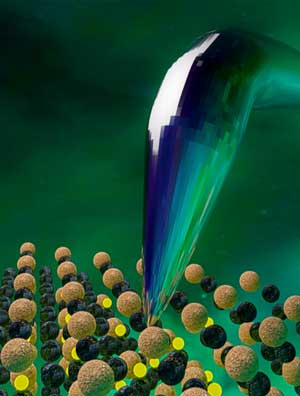 Scientists have demonstrated the viability of the direct piezoelectric effect in a thin film bismuth ferrite material for the first time.
Scientists have demonstrated the viability of the direct piezoelectric effect in a thin film bismuth ferrite material for the first time.
Oct 4th, 2018
Read more Tiny zinc oxide-based spikes that mimic natural antibacterial coatings puncture and damage microbial cell walls via oxidation.
Tiny zinc oxide-based spikes that mimic natural antibacterial coatings puncture and damage microbial cell walls via oxidation.
Oct 4th, 2018
Read more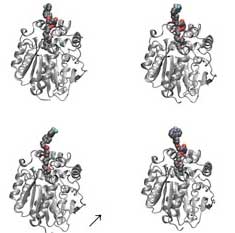 A rotating fluorescent molecule that stays brighter in more viscous environments could shed light on the inner workings of the cellular environment.
A rotating fluorescent molecule that stays brighter in more viscous environments could shed light on the inner workings of the cellular environment.
Oct 4th, 2018
Read more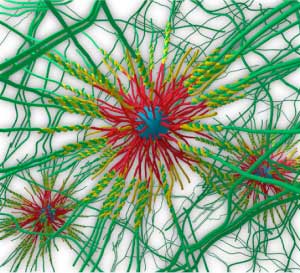 Adding nanoparticles to a polymer matrix enhances the thermo-mechanical properties of the materials.
Adding nanoparticles to a polymer matrix enhances the thermo-mechanical properties of the materials.
Oct 4th, 2018
Read more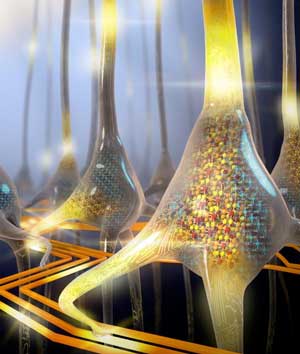 Researchers designed a new computer architecture with co-located memory and processing. In studies, their prototype ran 200 times faster than conventional computers.
Researchers designed a new computer architecture with co-located memory and processing. In studies, their prototype ran 200 times faster than conventional computers.
Oct 3rd, 2018
Read more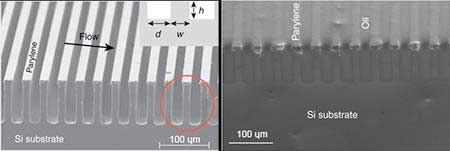 Engineers have developed a super-hydrophobic surface that can be used to generate electrical voltage. When salt water flows over this specially patterned surface, it can produce at least 50 millivolts.
Engineers have developed a super-hydrophobic surface that can be used to generate electrical voltage. When salt water flows over this specially patterned surface, it can produce at least 50 millivolts.
Oct 3rd, 2018
Read more Researchers from three universities team up to analyze oxide films at atomic level.
Researchers from three universities team up to analyze oxide films at atomic level.
Oct 3rd, 2018
Read more Scientists are developing 'neuristor' circuits that behave similarly to biological neurons in the human brain, which can perform complex computations using an incredibly small amount of power.
Scientists are developing 'neuristor' circuits that behave similarly to biological neurons in the human brain, which can perform complex computations using an incredibly small amount of power.
Oct 3rd, 2018
Read more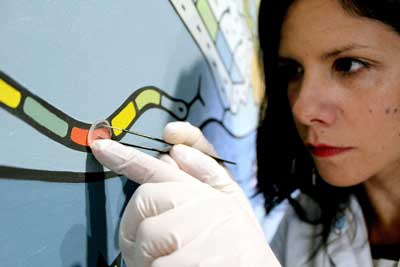 Recent publications describe a new, fast and non-invasive diagnostic tool for the conservation of artworks, capable of detecting signs of degradation in oil paintings and plastic-based sculptures.
Recent publications describe a new, fast and non-invasive diagnostic tool for the conservation of artworks, capable of detecting signs of degradation in oil paintings and plastic-based sculptures.
Oct 3rd, 2018
Read more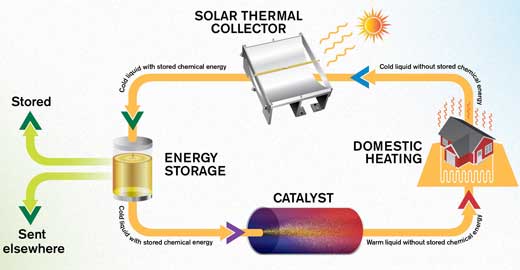 Macroscopic heat release in a molecular solar thermal energy storage system.
Macroscopic heat release in a molecular solar thermal energy storage system.
Oct 3rd, 2018
Read more Flat, micron-thick lens offers performance comparable to top-of-the-line compound lens systems; could drastically reduce the size and weight of any optical instruments used for imaging, including cameras, microscopes, telescopes, and eyeglasses.
Flat, micron-thick lens offers performance comparable to top-of-the-line compound lens systems; could drastically reduce the size and weight of any optical instruments used for imaging, including cameras, microscopes, telescopes, and eyeglasses.
Oct 3rd, 2018
Read more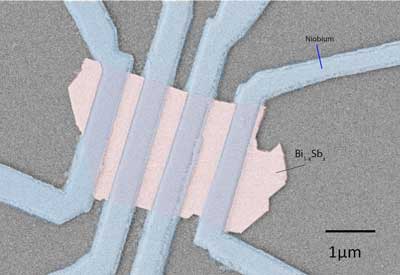 Scientists demonstrate a new property of topological materials: the non-superconducting material bismuth shows lossless current conduction.
Scientists demonstrate a new property of topological materials: the non-superconducting material bismuth shows lossless current conduction.
Oct 3rd, 2018
Read more